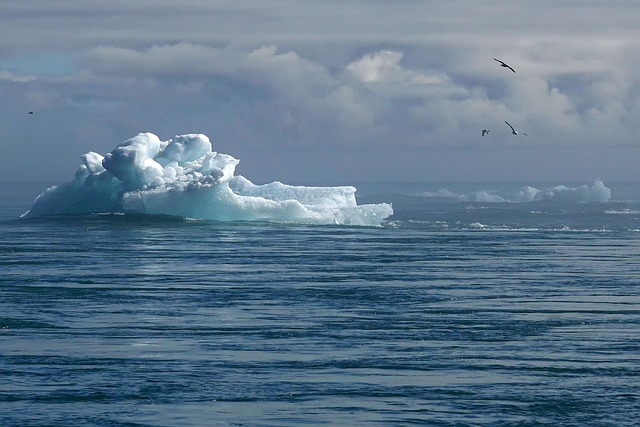As we navigate the complexities of our changing planet, the role of climate models becomes increasingly vital in understanding the intricacies of environmental shifts. Our oceans, which act as both a buffer and an indicator of climate change, are witnessing alarming transformations, primarily evidenced through rising sea levels. With each inch of water that creeps inland, the urgency to grasp the mechanisms behind these changes becomes paramount.
Climate models are sophisticated tools that simulate the Earth’s climate systems, encompassing atmospheric conditions, ocean currents, and even the impact of human activities. These models allow scientists to run various scenarios, predicting how environmental factors might change as greenhouse gas emissions rise. As we delve deeper into understanding our environment, it is essential to acknowledge that these models are not just data on a screen; they represent the reality of our planet’s future.
The rising sea levels pose a threat to coastal communities, ecosystems, and freshwater supplies. The consequences of this phenomenon extend far beyond the immediate physical threats. The displacement of populations, loss of habitats, and even the influx of climate refugees bring to light the urgent call for action. Through the lens of climate models, we can visualize the stakes involved—what happens in one part of the world invariably affects another.
By unraveling the mysteries of climate models, we can better understand the interconnectedness of our environment. These models portray not just statistics but personal stories intertwined with water rising along coastlines and eroding lands. Each prediction they make reflects the human experience—families facing property loss, communities rallying to defend their homes, and species struggling to adapt. In essence, climate models offer us insights into a future we all share, and they push us to recognize our responsibility in shaping that future.
Moreover, the data derived from climate models is fundamental for policymakers and environmental advocates alike. They provide the evidence needed for innovation and changes in legislation, guiding decisions on climate resilience measures that can protect vulnerable communities. Understanding these predictions enables us to mobilize effectively—be it through physical barriers against storm surges or rethinking urban planning to accommodate new realities.
As we engage with these models, we also cultivate a deeper emotional and intellectual connection to our planet. The urgency of climate change fosters a collective sense of responsibility—one that should resonate with everyone. Implementing sustainable practices, advocating for environmental policies, and supporting green innovations can collectively influence outcomes where climate models currently project gloom. After all, we not only have the power to comprehend the data but also to act upon it. The relationship we maintain with our environment is worth nurturing, as every action has repercussions that ripple out into the future.
In summary, climate models serve as a call to action, reminding us that we are all threads in a larger tapestry of existence. With a commitment to understanding and utilizing these models effectively, we can confront the challenges posed by rising sea levels and climate change proactively. Embracing the lessons from these simulations, we can work together toward a sustainable future that honors our planet and its inhabitants.




